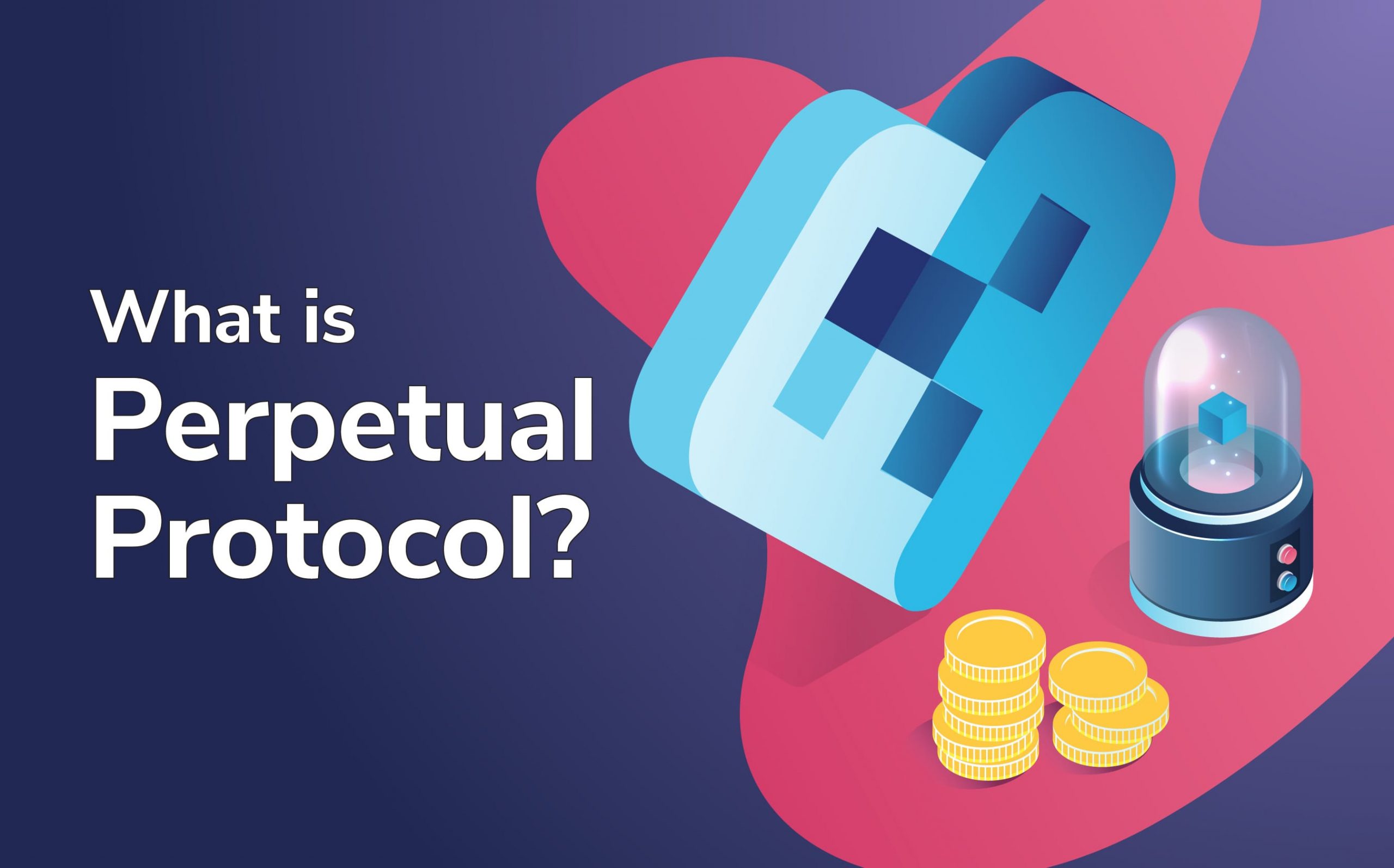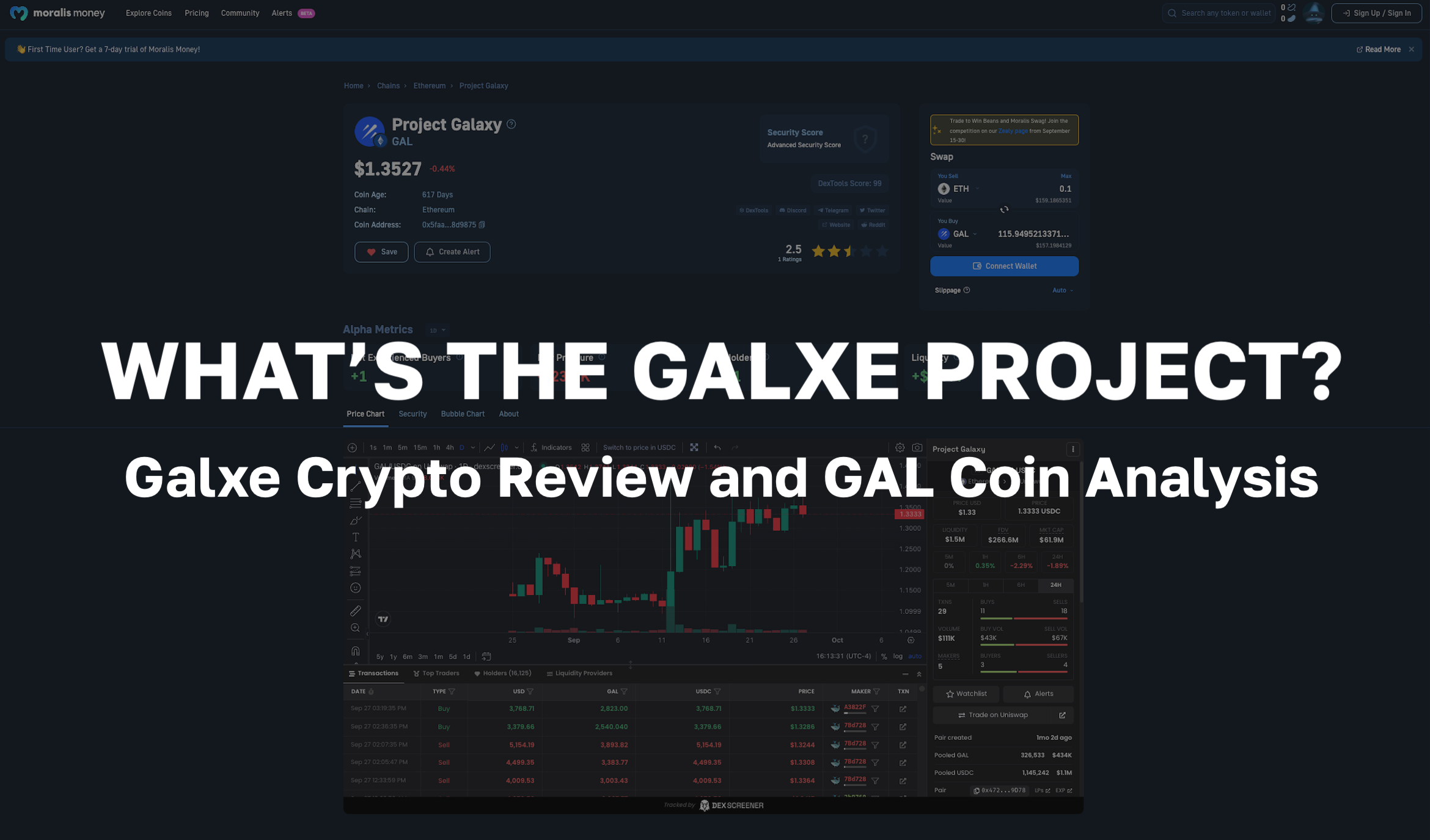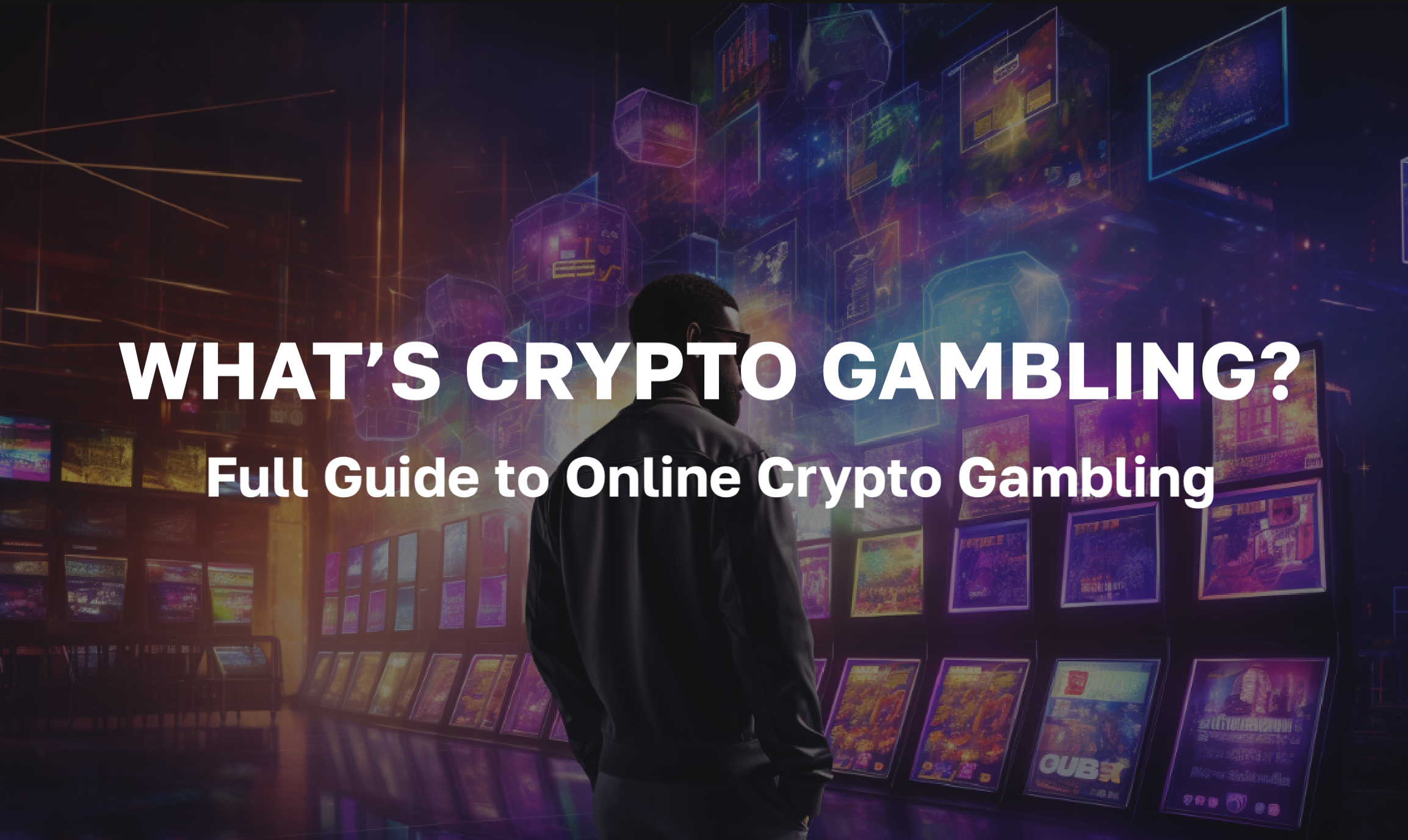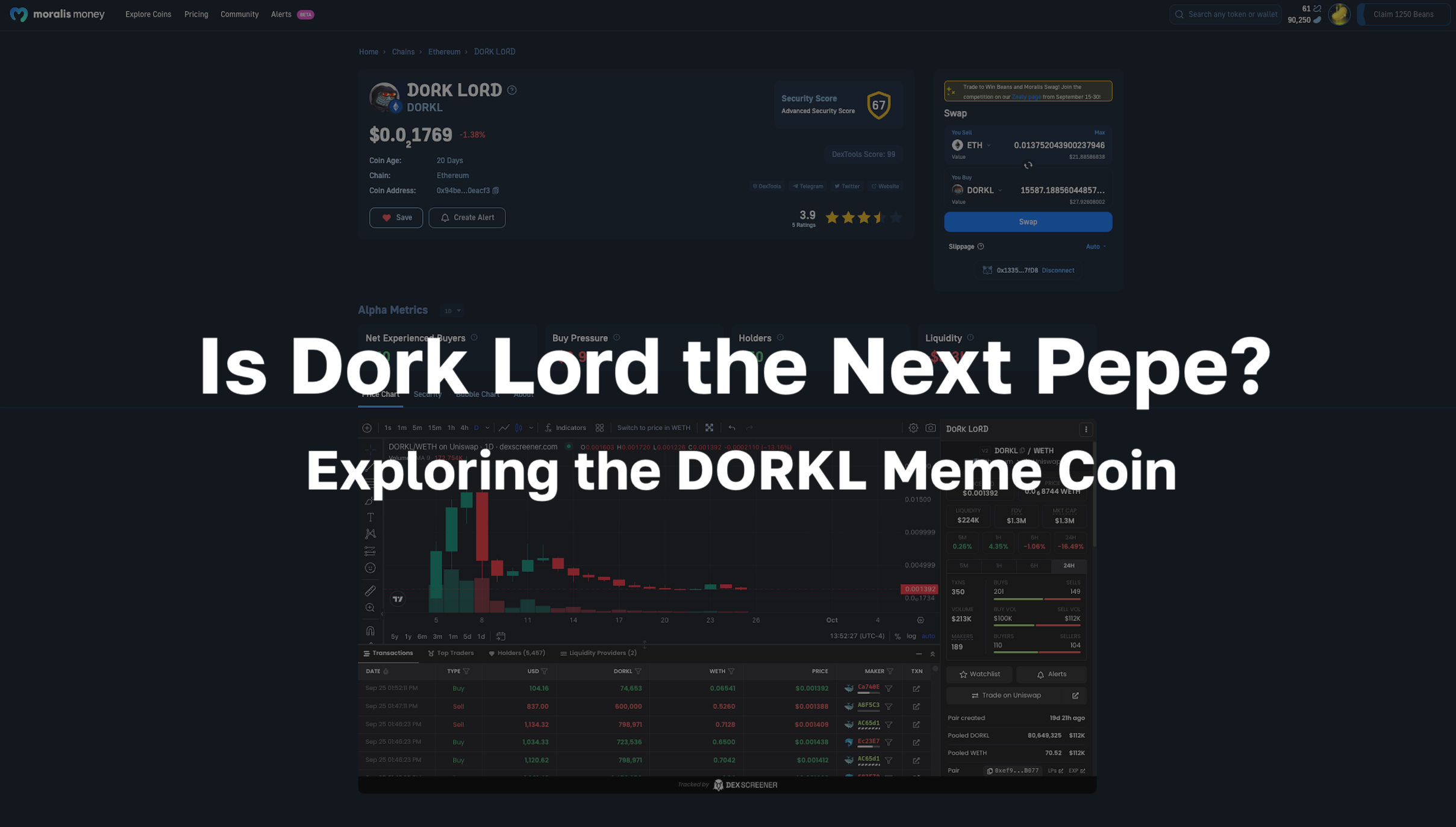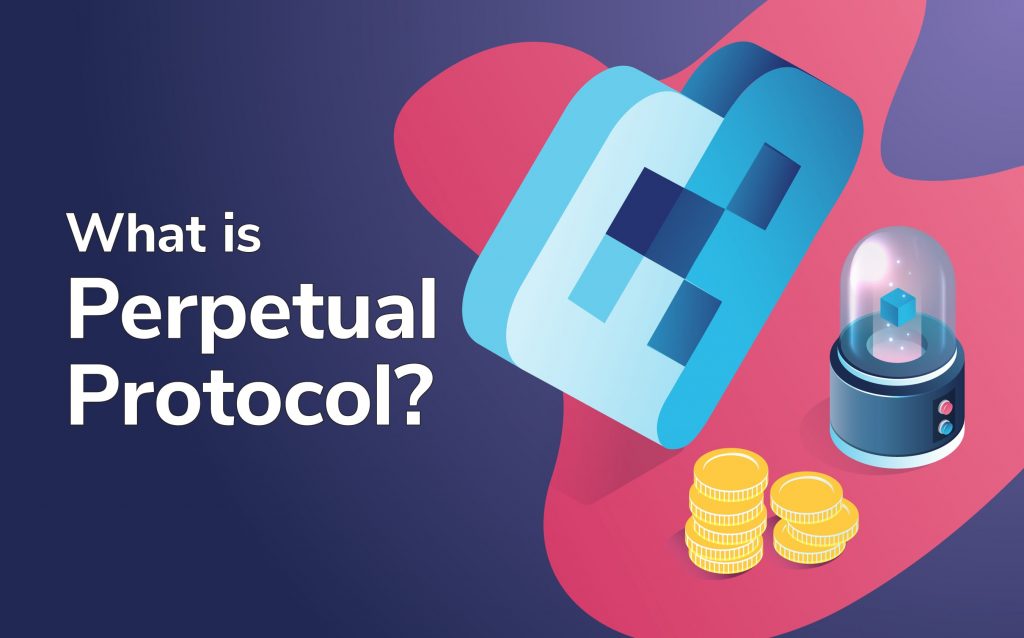
Perpetual Protocol is introducing the novel virtual automated market maker (vAMM) model for exchanging decentralized perpetual contracts. The Perpetual Protocol Exchange allows anyone to create a perpetual contract with any asset using an on-chain price feed. Furthermore, the native PERP token secures the network alongside providing a way of making a passive income with crypto. The Perpetual Protocol Staking Pool is an insurance and hedge against any unexpected market crashes and provides PERP token stakers various rewards for their contribution.
In this article, we’re going to dive deep into Perpetual Protocol and explore the native PERP token. Furthermore, we’ll discover the various use cases for the token across the platform. Also, we’ll look at the virtual automated market maker (vAMM) model and how this differs from traditional automated market makers (AMMs) and decentralized exchanges (DEXs).
If you are new to the cryptocurrency scene, be sure to see our Crypto for Beginners course! Ivan on Tech Academy offers newcomers to the industry a safe and reliable space to learn the basics of crypto. Plus, we show you how to create an exchange account and offer tips to avoid scams! While you’re there, why not check out our Bitcoin Monetary Revolution course to discover where money began? Also, you’ll learn the fundamental differences between stocks, gold, and Bitcoin. Start your journey at Ivan on Tech Academy today!
What is Perpetual Protocol?
Perpetual Protocol is a decentralized perpetual contracts protocol, available since December 2020. Bringing a new dimension to the traditional decentralized exchange (DEX) experience with virtual automated market makers (vAMMs), Perpetual Protocol can create a perpetual market for any asset with on-chain price feeds.
Perpetual Protocol aims to have anybody use its permissionless protocol to create perpetual contracts for any asset. Further, users can then list said perpetual contracts on the Perpetual Protocol decentralized market, with users receiving a cut of transaction fees. This is akin to providing liquidity on Uniswap and offers users a way to make a passive income with crypto.
At present, Perpetual Protocol offers an on-chain decentralized exchange (DEX) for decentralized perpetual contracts. The DEX also offers 10x leverage for both makers and takers. In just shy of seven months, the project has become the leading decentralized derivatives exchange in the world, facilitating over $19 billion in trading volume.
The innovative virtual automated market maker (vAMM) model allows users anywhere in the world to trade perpetual contracts. Plus, users can achieve this without the need for expensive third-party intermediaries.
What are Perpetual Contracts?
As stated on the Perpetual Protocol website, “a perpetual contract is a derivative financial contract that has no expiration date or settlement, allowing it to be held or traded for an indefinite amount of time”. But, what does this mean exactly?
A derivative is a recognized security asset that derives its value from another asset or group of assets. This allows investors to gain price exposure to an asset without actually purchasing or holding responsibility for the asset. A futures contract is a derivative contract between two parties, committing to trade at an agreed predetermined date and price in the future. This means if traders believe an asset price will increase over a certain period, and there is a futures contract available at a lower price than the anticipated price, traders could profit if the asset then increases to their expected value.
Perpetual contracts are similar to derivatives futures contracts as the contract’s value references an underlying asset. However, there is no predetermined date for the exchange of assets between two parties. Moreover, Perpetual Protocol allows users to hold leveraged positions of a perpetual contract without an expiration date! Furthermore, the project also enables users of the platform to earn a passive income with competitive interest rates.
Perpetual Protocol Exchange
The Perpetual Protocol Exchange is a decentralized exchange (DEX) and the core service provided by the project. Perpetual Protocol’s DEX uses the Ethereum and xDai blockchains. Thanks to the xDai integration, users can enjoy the security of the largest smart contract-enabled blockchain with no gas fees when trading!
The Perpetual Protocol Exchange allows traders to use up to 10x leverage on perpetual contracts with long or short positions. The DEX facilitates many popular cryptocurrency assets. This includes Bitcoin (BTC), Ethereum (ETH), Polkadot (DOT), Synthetix (SNX), Yearn Finance (YFI), and plenty more in the pipelines.
Thanks to blockchain technology, all trades on the platform are fully transparent and immutably recorded on-chain. Moreover, the Perpetual Protocol Exchange is a non-custodial service. This means that traders are responsible for the private keys of their assets. Perpetual Protocol does not hold any user assets.
To start trading on the Perpetual Protocol Exchange, users will need to be familiar with the browser wallet, MetaMask. Plus, users will need to hold an amount of USDC funds. Also, it’s worth being familiar with technical analysis and other trading skills. The Perpetual Protocol user interface uses trading charts, often more appealing to traders with experience.
For readers unfamiliar with MetaMask, see our DeFi 101 course at Ivan on Tech Academy! We offer video-guided step-by-step tutorials for installing and navigating the number one Web3 wallet with popular DeFi platforms. These include Uniswap, Aave, and Compound! Furthermore, our DeFi 201 course shows students how to make the most of crypto arbitrage opportunities and yield farming.
Want to learn more about how trading charts work? Then, see our Technical Analysis 101 course and familiarize yourself with trading and investment strategies, candlesticks, and trading indicators. Ivan on Tech Academy accommodates all backgrounds and levels of experience surrounding blockchain technology!
Virtual Automated Market Maker (vAMM)
Perpetual Protocol is introducing an innovative take on the traditional automated market maker (AMM) model with its native exchange. Virtual automated market makers (vAMMs) allow users to trade perpetual contracts without using liquidity pools or order books. Instead, the on-chain prices of trades move when positions open or close. Moreover, instead of approaching an exchange with token A in exchange for token B, Perpetual Protocol users will arrive and leave the platform with USDC stablecoins. This is how the project can gain price exposure to assets on-chain without actually owning them.
As such, the virtual automated market maker (vAMM) model can guarantee on-chain liquidity for any perpetual asset contract. Furthermore, the vAMM model ensures that Perpetual Protocol is completely “market neutral and fully collateralized”. With popular token pairs including Polkadot (DOT), SushiSwap (SUSHI), and Chainlink (LINK), the platform aims to add new token pair listings once every week.
The virtual automated market maker (vAMM) model allows traders on Perpetual Protocol to use leverage with long or short positions. Unlike most traditional automated market maker (AMM) models with multiple pools of assets, the vAMM project only uses one asset as collateral for trades, USDC. Additionally, with the use of “constant product curves”, users can trade perpetual contracts with predictable pricing. When a user opens a long or short position with USDC collateral, Perpetual Protocol will calculate a predicted entry and exit price. The underlying vAMM protocol masked with a familiar decentralized exchange (DEX) graphical user interface (GUI), makes it easy for anyone to create decentralized perpetual contracts for any on-chain asset.
PERP Token
The Perpetual Protocol native token is the PERP token, with the Perpetual DAO (decentralized autonomous organization) responsible for the token’s distribution. The PERP token essentially holds two main utilities. However, as the platform develops, so too will the use cases for the PERP token.
At present, the PERP token can be used for staking on the platform earning rewards for helping secure the network. Also, PERP token holders receive voting rights for platform updates. We will discuss these use cases in further detail below. Additionally, a further use case for the PERP token is as an insurance fund or “exchange backstop”. In the extreme and unlikely event the exchange insurance fund may become depleted, Perpetual Protocol will sell PERP tokens at market value to make up for any losses.
Perpetual Protocol Staking
PERP token holders have the opportunity to make a passive income with crypto by staking their tokens with the project’s staking facilities. The Perpetual Protocol Staking Pool is available thanks to PERP token holders, creating a backstop to hedge against unpredicted sudden market crashes or emergencies. In such an event, PERP tokens from the Staking Pool will be sold off at market value to cover any shortfalls. Token holders providing their funds to the pool receive rewards for shouldering the risk. Contributors receive Perpetual Protocol transaction fees in USDC stablecoins and PERP token rewards for the risk of their contribution to the network.
Moreover, the Perpetual Protocol Staking Pool exists to create demand for the PERP token by incentivizing users to lock them into the platform. The current average percentage rate for staking PERP tokens in the pool is 33%. However, this does fluctuate and is subject to change. The staking rewards model will be evolving as the project develops.
There is no minimum or maximum staking period with the Perpetual Protocol Staking Pool. However, users are subject to a cooldown period after unstaking tokens. The cooldown period is seven days at the time of writing, reduced from 14 days following a governance-led update. The initial beta stage has a reward allocation of 150,000 PERP tokens per week distributed from the Perpetual DAO (decentralized autonomous organization) rewards pool. Moreover, token rewards will be issued in two ways.
PERP Token Rewards
Firstly, stakers receive liquid PERP rewards from transaction fees on the platform. Each week, the fees are calculated from the platform in USD value. Then, 50% of this sum is distributed to stakers, proportionately to the number of PERP tokens they have staked. These tokens come from the Perpetual DAO rewards pool.
Also, stakers earn vested PERP token rewards. These too are distributed proportionally to token holders, with the amount “equal to the weekly reward pool (150,000 PERP) minus the weekly liquid reward amount”. The issuance of PERP token rewards also comes from the DAO pool. Further, token rewards are subject to a six-month vesting period to ensure that stakers are fully committed to Perpetual Protocol rather than looking to make a quick buck. This incentive ensures that PERP token holders who receive voting rights by proxy act in the platform’s best interest when voting.
Perpetual Protocol Governance
The second main utility of the PERP token is governance. The project’s development team is busy working on the on-chain governance portal to allow PERP token holders to propose and vote on protocol updates. This could be decisions such as choosing the next token pair listing or a new protocol implementation.
Only PERP holders who have a stake in the Perpetual Protocol Staking Pool will be able to harness their voting rights. Prior to implementing the decentralized governance protocol, core contributors to the platform will “guide critical decisions” and ensure that the project is on track to achieve its goals. Furthermore, Perpetual Protocol states it will keep all decisions transparent, sharing rationale for updates, and focus on community-centered initiatives during this time. Also, the project encourages its community to reach out through Discord to share opinions and participate while the project is finalizing its decentralized governance structure.
Perpetual Protocol V2 - Curie
Perpetual Protocol v2 pays homage to Marie Curie and her renowned work as a scientist and Nobel prize winner. Marie Curie is an inspiration to the Perpetual Protocol team to establish robust foundations in the developing decentralized finance (DeFi) industry. There are three main aspects to the Curie v2 update.
Firstly, Curie focuses on creating a next-generation decentralized finance (DeFi) user experience (UX). As Curie is launching on Arbitrum, this will offer faster trading and capabilities for multiple collateral types. The launch of Curie will also introduce cross-margin collateral management support for the platform.
The second focus of Curie is concentrating liquidity. Curie is leveraging the largest Ethereum decentralized exchange (DEX), Uniswap, as “the execution layer for providing perpetual swaps with highly efficient concentrated liquidity”. Furthermore, for makers, Curie will instruct the virtual automated market maker (vAMM) to mint virtual tokens (v-tokens). These will be put into the Uniswap pools for users to provide liquidity.
Thirdly, Curie aims to make the platform a universal permissionless market. Perpetual Protocol wants to empower anyone and everyone with the ability to create their own perpetual markets. With support from Uniswap and Chainlink oracles, Curie is expanding the utilities and benefits of staking the PERP token.
What is Perpetual Protocol & PERP Token Summary
Perpetual Protocol is an innovative project based on both Ethereum and xDai. The platform allows users to trade perpetual contracts, similar to derivatives but without an expiry date. Additionally, by implementing the novel virtual automated market maker (vAMM) model, users can create their own perpetual contracts and will be able to place these onto a decentralized marketplace for others to buy and sell. Moreover, this presents an opportunity to earn a passive income with decentralized finance (DeFi).
The native PERP token incentivizes security on the network with two main use cases; staking and governance rights. Users can stake their PERP tokens in the Perpetual Protocol Staking Pool and earn PERP token rewards. Currently in development, soon PERP token holders will be able to participate in governance proposals and voting.
Moreover, Perpetual Protocol uses a token value feedback loop structure to incentivize network participation. Plus, in theory, this will increase the value of the PERP token too. As the world’s number one decentralized perpetual contracts exchange, catering for billions of dollars in volume, Perpetual Protocol appears to have a community-centered ethos and solid foundations as a promising crypto project.
If you’re interested in learning more about how blockchain can be integrated into many industries beyond finance (e.g., healthcare, insurance, or the energy sector), check out Ivan on Tech Academy! Our Blockchain Business Masterclass is the perfect place to learn how to operate and become a part of a blockchain project, even if you’re not a programmer! Find your perfect career in crypto today, with Ivan on Tech Academy!
Also, don’t forget to follow us on Twitter @Academy_IOT! We’d love to know your thoughts about this article and the PERP token!
